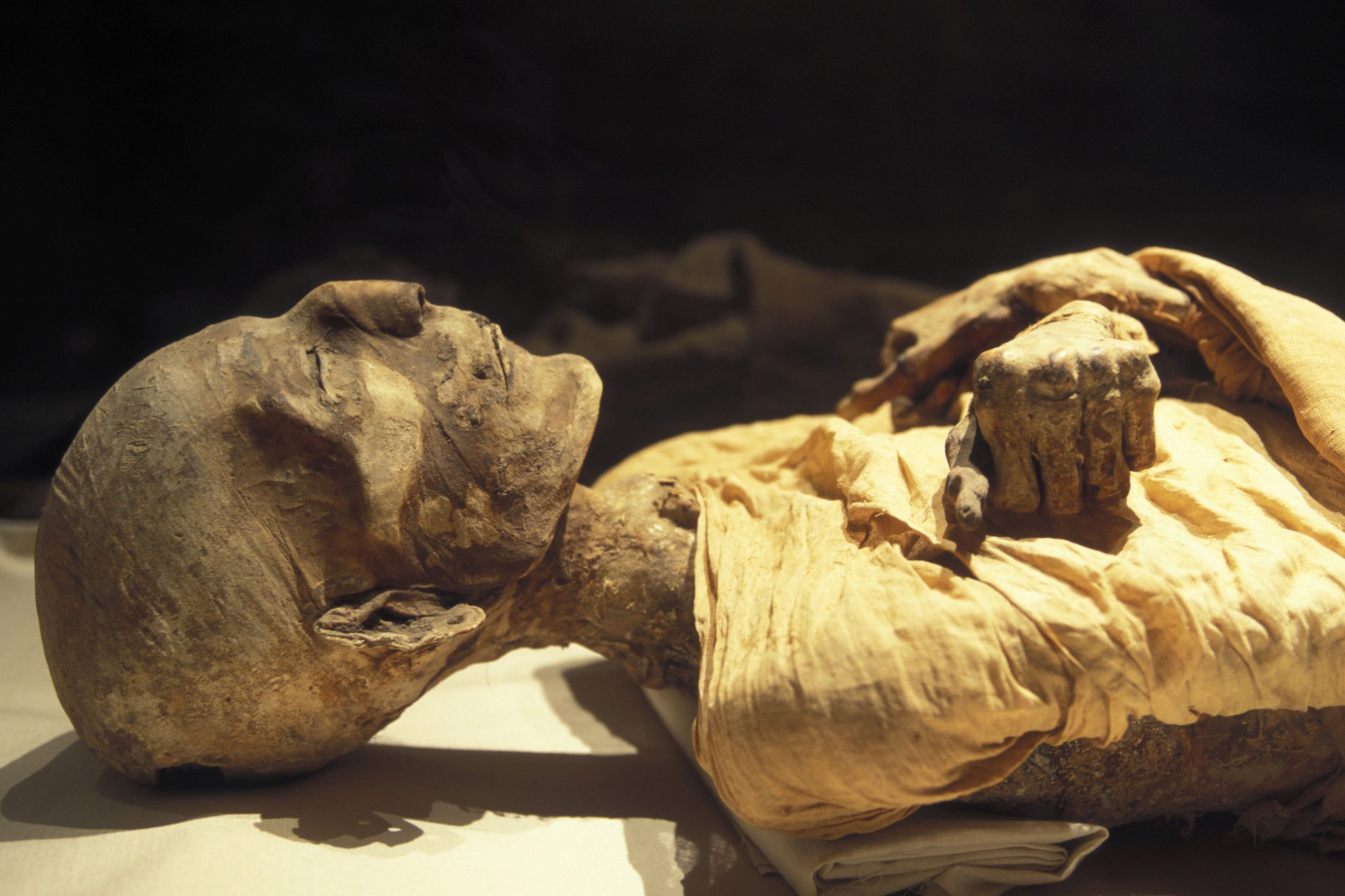Archaeologists in Mexico have discovered a lost ancient Mayan city deep in the jungles of the Yucatán Peninsula.
Mexico They found this ancient city in a forest protected by Campeche State.
Many large pyramids have been found in the old city. Scholars estimate that these pyramids were built between 250 AD and 1000 AD, when the Mayan civilization reached its peak.
The archaeological site discovered by scholars has been named Ocomtn. This word comes from the ancient Yucatec Maya language (Yucatec Maya) and the name stone.
The area of this ancient city is about 124 acres, as has been discovered so far. This ancient city was discovered using a laser measuring device mounted on a surveying aircraft. In order to find this, we had to launch millions of laser beams and draw a map of the ground.
Searching for ancient cities using lasers is nothing new. This system uses laser light to detect man-made objects and buildings covered in timber forests.
Among the pyramids found in the search, the tallest pyramid is about 50 feet high. Many smaller pyramids have been discovered.
Scholars believe that the buildings that have been found now will be the buildings where religious ceremonies were held in the old city. Religious events, ceremonies, and sacrifices were often held in pyramid-shaped structures by the ancient Maya.
The ancient Maya built many cities throughout southern Mexico and Central America. The Mayan Empire began to grow in power from 250 AD until it fell apart between 800 and 1000 AD. But until now, the Mayan people still lived in southern Mexico and Central America.
In the actual field study of the old city that was found, in addition to the pyramids found by the laser map and fragments of pots, I found three markets and a football field. (The soccer ball was acquired by the Europeans from the natives of South America.) Also, the ruins of buildings built around a circle were found.
Among the ancient buildings found now, there is a puzzle among scholars about how some of the buildings were used. Some scholars speculate that these buildings may have been markets, and some may have been used as sacrificial places in the city.



